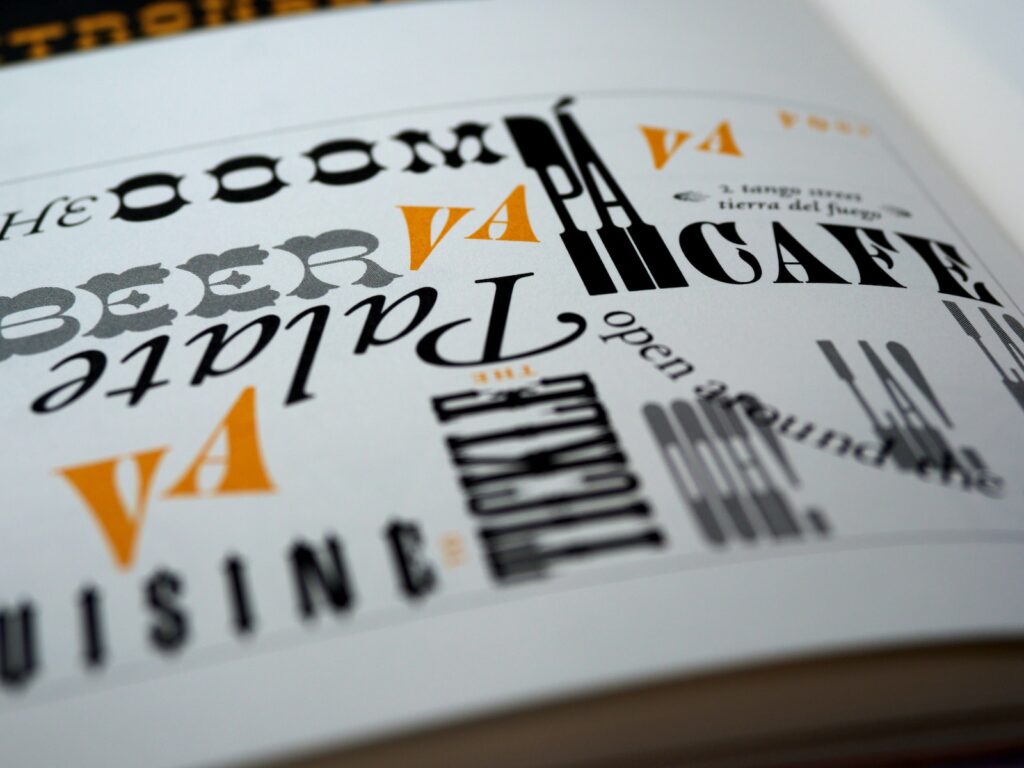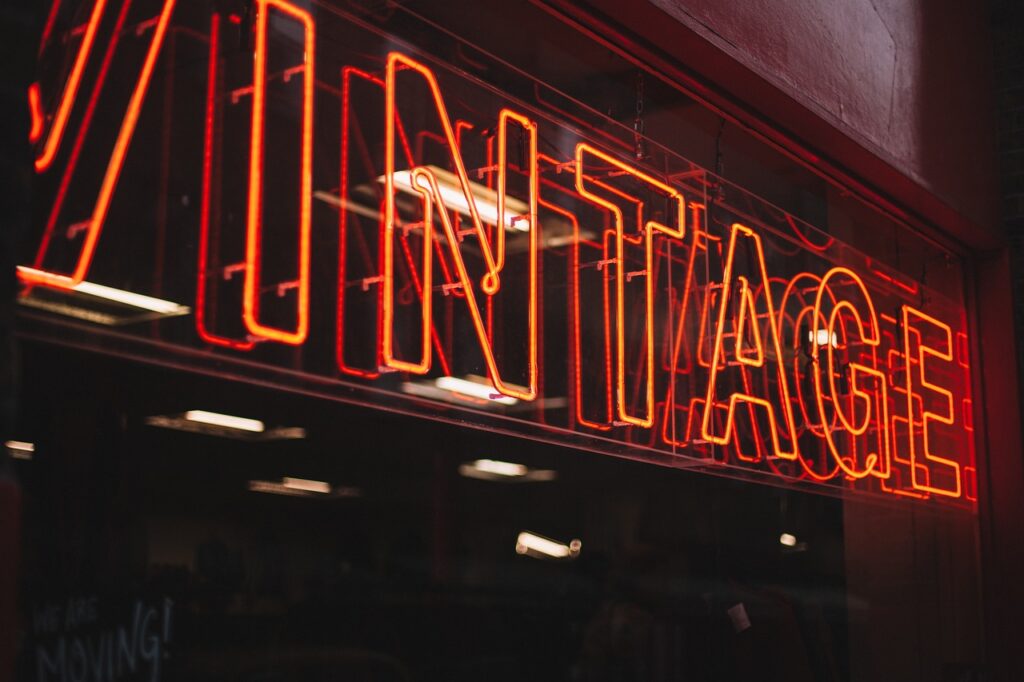Mastering the Art of Store Signage: A Comprehensive Guide
Store signage is more than just a way to display your new business name or indicate the price of products.
It plays a critical role in shaping customer journeys, reinforcing your brand, and driving sales. In this guide, we’ll delve into the art of store signage and how it can enhance your retail business.
The Role of Store Signage in the Customer Journey
Store signage guides customers through their in-store journey, from the moment they step through the door until they complete their purchase. It helps them navigate your store, understand what products you offer, and learn about any special deals or promotions.
Effective signage can simplify the shopping experience, reducing the effort customers need to locate their desired products. This can increase satisfaction, leading to longer visits, more purchases, and repeat business.
Moreover, well-placed signs can inspire impulse buys. For example, signage highlighting a limited-time discount can encourage customers to make a purchase they hadn’t initially planned. Signage can also play a role in creating a healthier worksplace.
Choosing the Right Signage for Your Store
The right signage for your store will depend on various factors, including your store layout, product range, brand personality, and customer demographic.
Exterior signage, like fascia signs or window decals offered by 3 Rock Signage, should grab attention and draw customers in. Inside, directional signage helps customers navigate your store, while promotional signs highlight deals or new products.
Informational signage, such as price labels and product descriptions, provides necessary details to help customers make purchasing decisions.
Remember, your signage should be consistent with your brand identity, both in terms of messaging and aesthetics.
Design Elements: Typography, Colour, and Imagery
The design of your signage can significantly impact its effectiveness. Typography, colour, and imagery are key elements to consider.
Typography should be clear and legible from a distance. Avoid overly ornate fonts that can be hard to read, and ensure the font size is large enough for your customers.
Colour can help your signage stand out and evoke specific emotions. For instance, red often conveys urgency, making it a good choice for sales signage. However, make sure your colour choices align with your brand colours for consistency.
Imagery can be an effective way to communicate your message quickly and visually. This can be particularly useful for businesses with diverse customer demographics, as images can transcend language barriers.
Harnessing Technology in Store Signage
Technology has opened up new possibilities for store signage. Digital signage, for instance, allows for dynamic content that can be easily updated and customised.
It can display a range of content, from promotional videos to real-time social media feeds, offering an engaging, interactive customer experience.
Augmented reality (AR) is another emerging trend in store signage. Customers can use their smartphones to scan signs and access additional information, interactive content, or even virtual fitting rooms.
Maintaining and Updating Your Store Signage
Keeping your signage updated and in good condition is crucial. Outdated or damaged signs can give the impression of a poorly maintained business, deterring potential customers.
Regularly review your signage to ensure it’s still relevant and reflective of your current offerings and brand message. Seasonal updates or changes to correspond with sales or events can keep your signage fresh and engaging.
In conclusion, mastering the art of store signage can be a game-changer for your retail business. By understanding its role in the customer journey, making informed design choices, harnessing technology, and ensuring regular maintenance, you can optimise your store signage for maximum impact.
Understanding Legal and Compliance Issues
When planning your store signage, it’s crucial to be aware of any legal and compliance issues. These can vary depending on your location and may cover aspects such as size, placement, and accessibility.
In some cases, you may need to apply for planning permission, particularly for large exterior signs. Make sure to research local regulations to avoid potential fines or the need to remove or modify your signage.
The Role of Signage in Accessibility
Signage plays a crucial role in making your store accessible to all customers, including those with disabilities. For visually impaired customers, this might involve incorporating Braille or tactile signs.
For customers with hearing impairments, visual signs and alerts can be beneficial. Clear, straightforward language can assist those with cognitive impairments. Considering accessibility in your signage not only broadens your customer base but also promotes inclusivity.
Evaluating the Effectiveness of Your Store Signage
Once your signage is in place, it’s important to evaluate its effectiveness. You can do this in several ways. Sales data can provide insight into whether signage promoting specific products or offers is working.
Customer feedback can also be valuable. Observing customer behaviour can help too — for example, do customers navigate your store easily, or do they seem confused?
Getting Creative with Store Signage
Finally, don’t be afraid to get creative with your store signage. Unique, eye-catching signs can make your store stand out and create a memorable experience for your customers.
This could involve anything from quirky messaging to innovative use of materials or technology. As long as it aligns with your brand and appeals to your target customers, creativity in signage can help your store make a lasting impression.
In conclusion, effective store signage requires a thoughtful blend of design, strategy, and attention to detail. By considering each aspect carefully, you can create signage that not only looks good but also drives customer engagement and boosts your bottom line.



No comments yet. Be the first!